Despite limited land, the temples on the Spratly Islands still have a triple-arched gate, a courtyard, and a bell tower. The temples typically have a T-shaped layout (丁), with the main hall directly connected to the front hall at a right angle. The sloping roofs, covered with tiles and curving at the eaves, are unlike any other temples in other Asian countries.
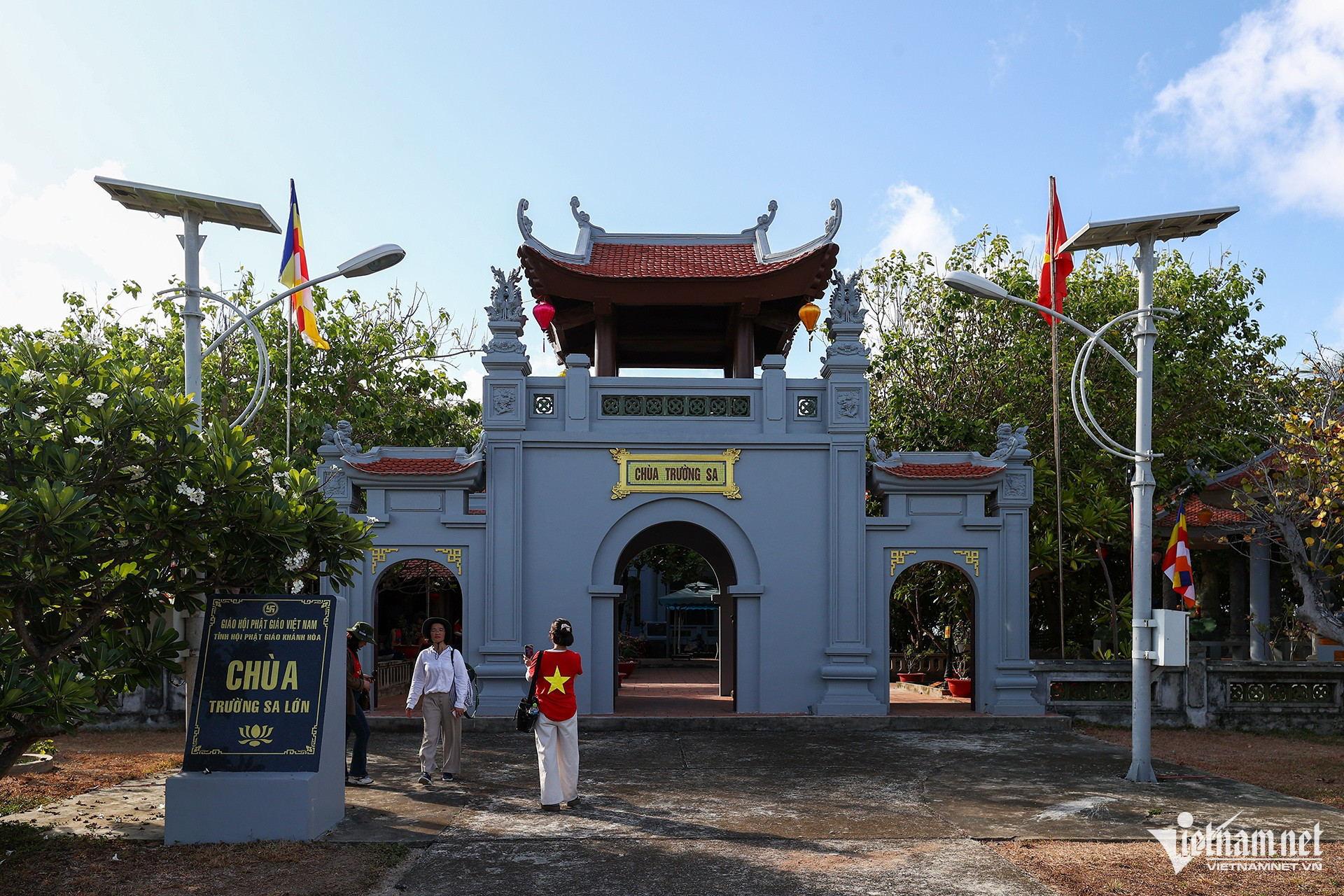
Over the years, the Party, the State, and the Vietnam Buddhist Association have always focused on caring for the cultural and spiritual lives of officers, soldiers, and people in Truong Sa. The construction and renovation of temples there have fulfilled the aspirations of the military and civilians on the islands.
Thanks to the contributions of Buddhists, the people, and organizations nationwide, the Truong Sa archipelago now has nine large and beautiful temples. The main facades of all the temples face towards the capital city of Hanoi .

Truong Sa Pagoda (large)
While the stone statues in the temples may endure the test of time, the wood and tile materials that make up the temple's structure are less able to withstand the harsh natural environment of the islands. Therefore, despite facing many difficulties, temples on remote islands always receive attention, maintenance, and protection against termites and damage.
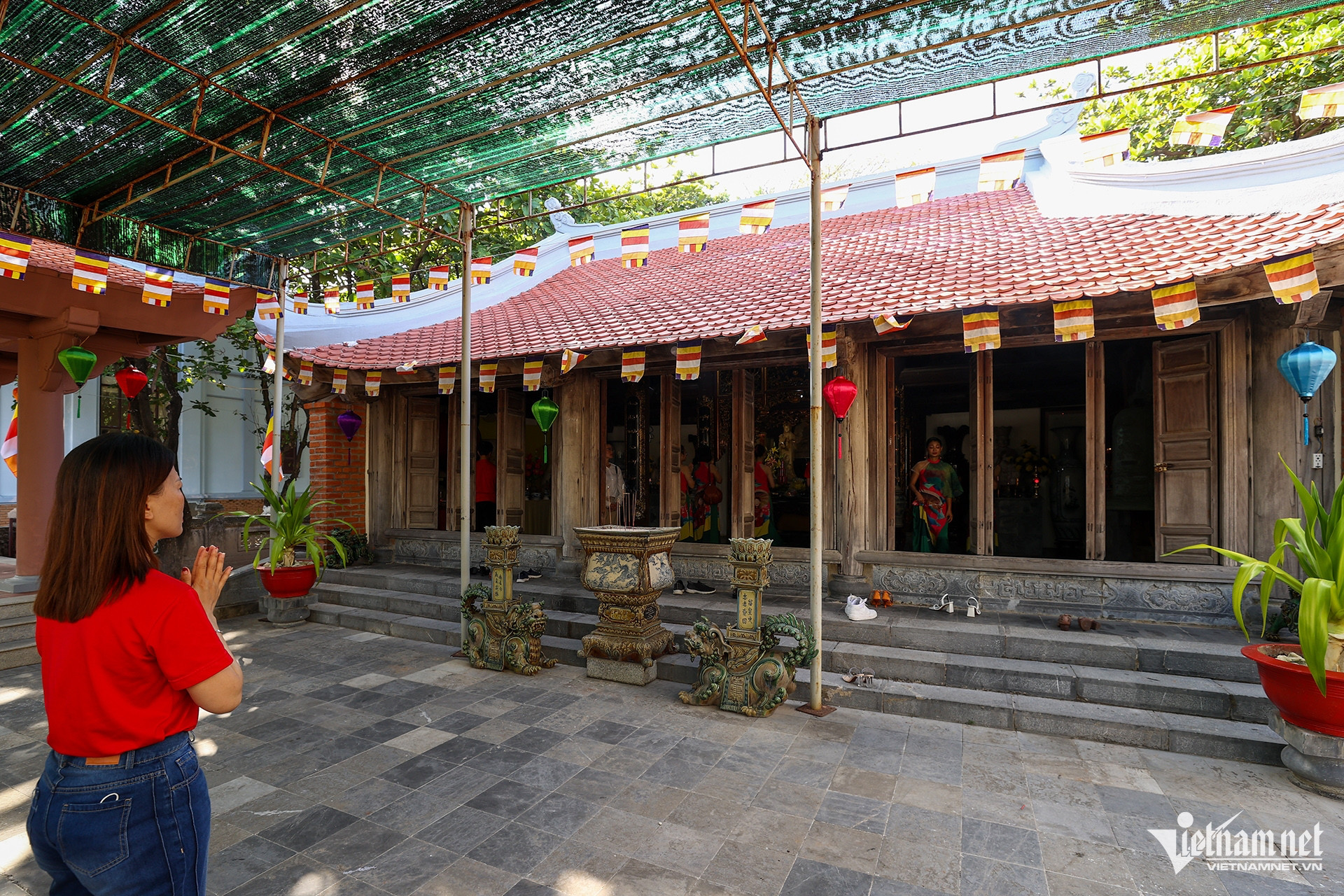
The ancestral hall at Truong Sa Pagoda
These temples are not only places of traditional religious and spiritual activity for the inhabitants of the Truong Sa archipelago, but also vividly reflect the cultural and spiritual life of the Vietnamese people in the islands. At their core is the spirit of patriotism and a sense of responsibility, a determination to protect and maintain the sacred sovereignty of the Fatherland's sea and islands.
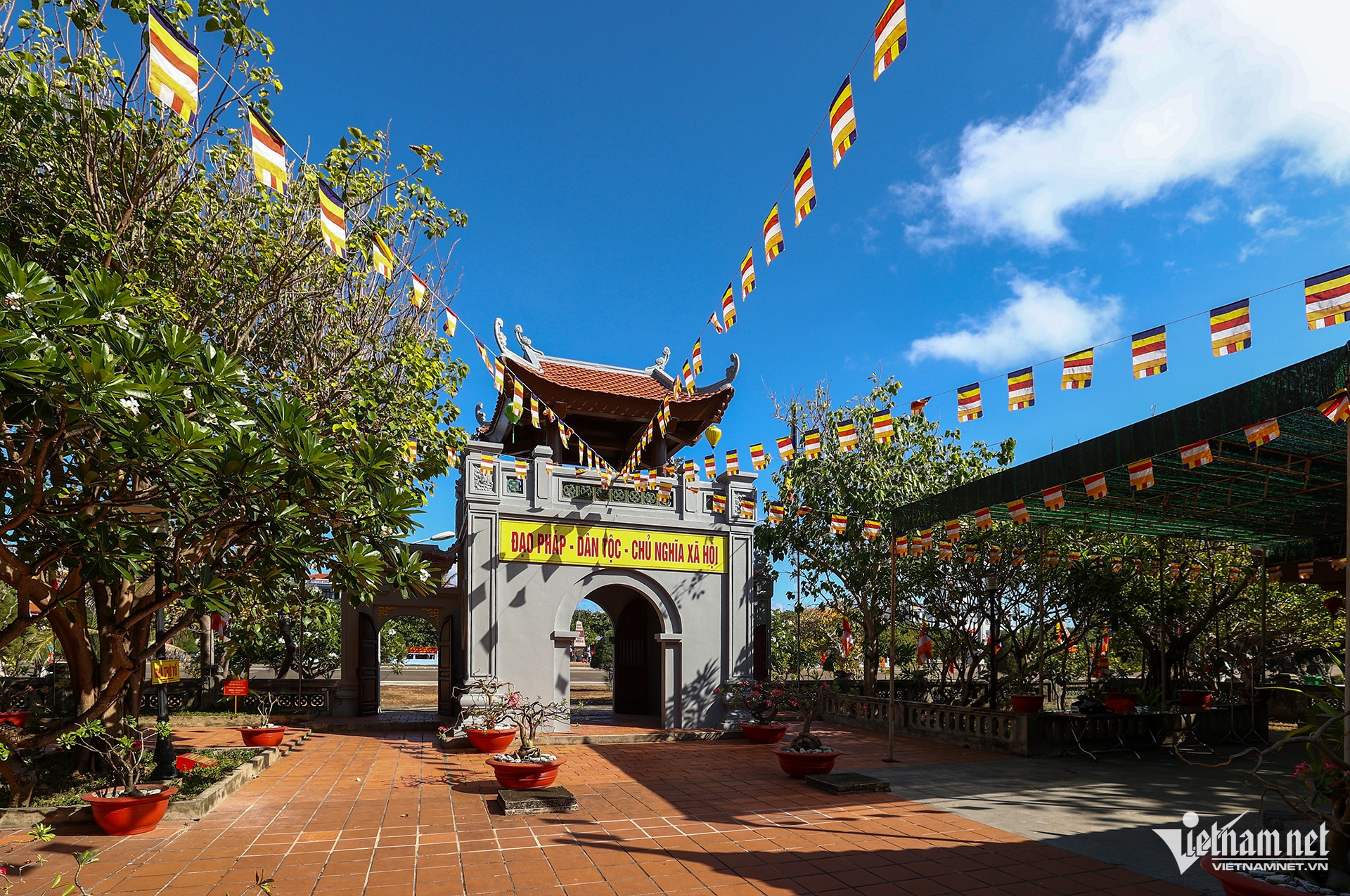
The architectural landscape is purely Vietnamese, with structures harmoniously integrated with greenery in the large Truong Sa pagoda.
All the temple names, horizontal plaques, large inscriptions, and couplets use Vietnamese characters.
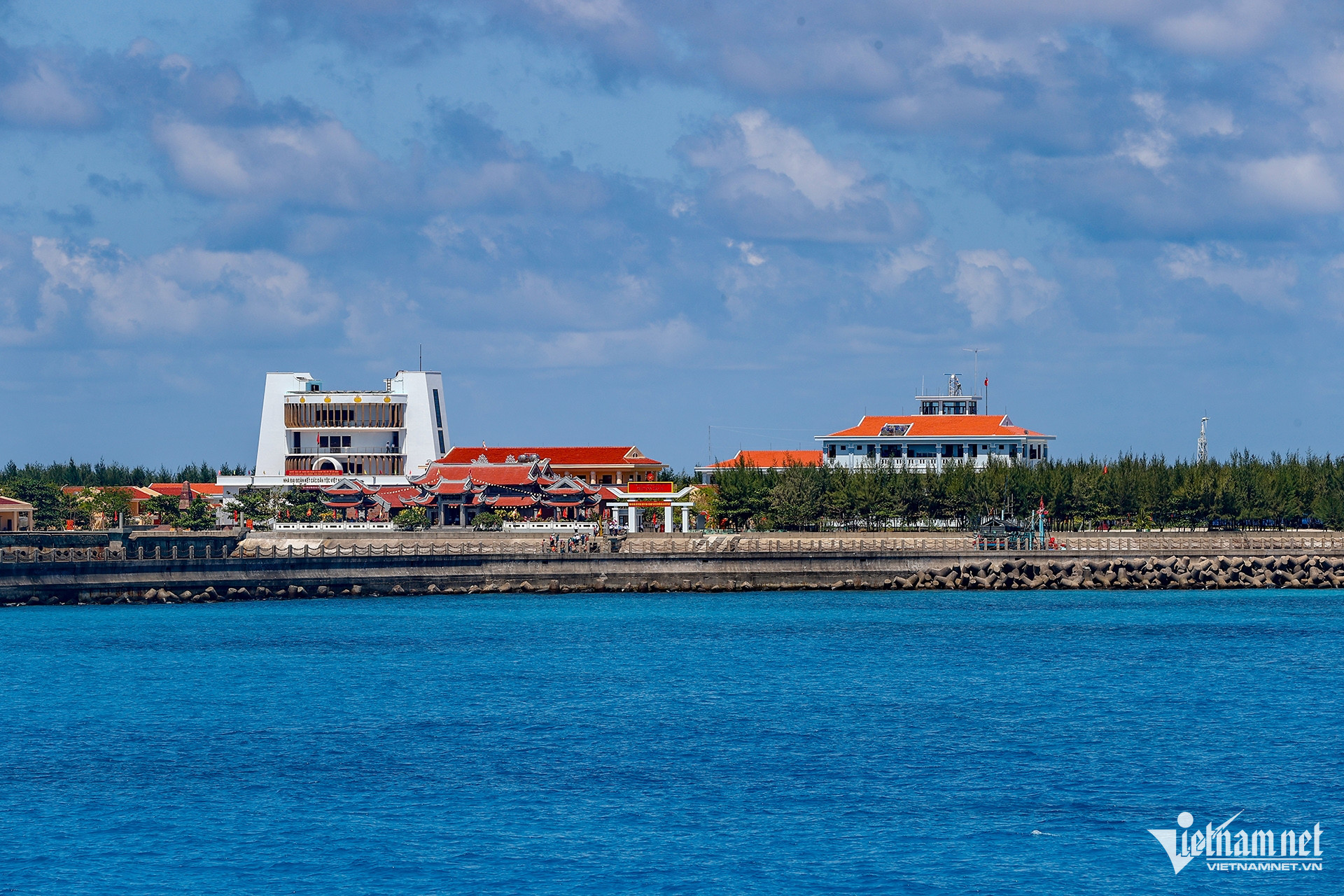
The temple on Da Tay A Island
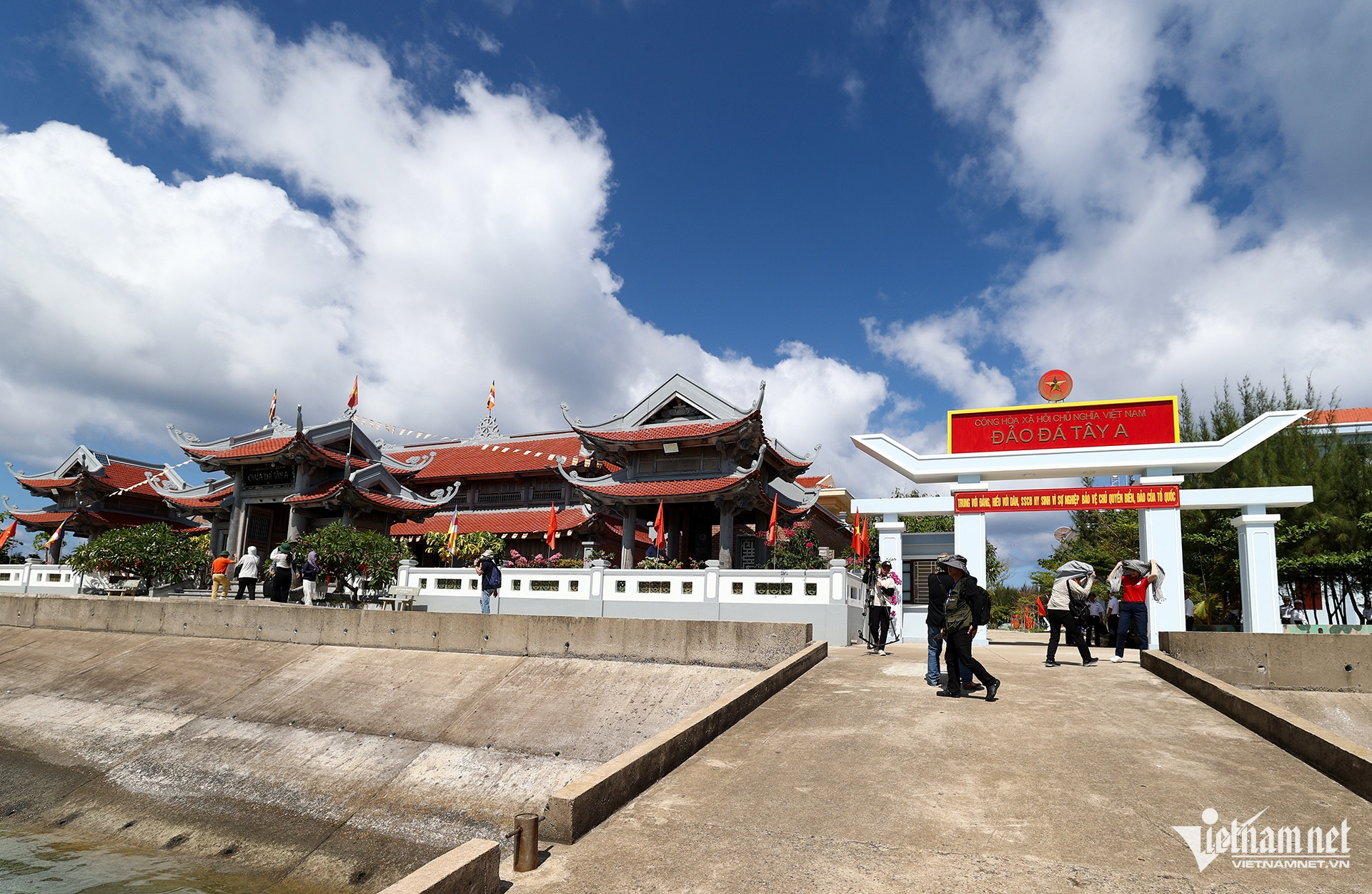
The pagoda on Da Tay A Island is located right next to the gate, beside the pier leading to the island.
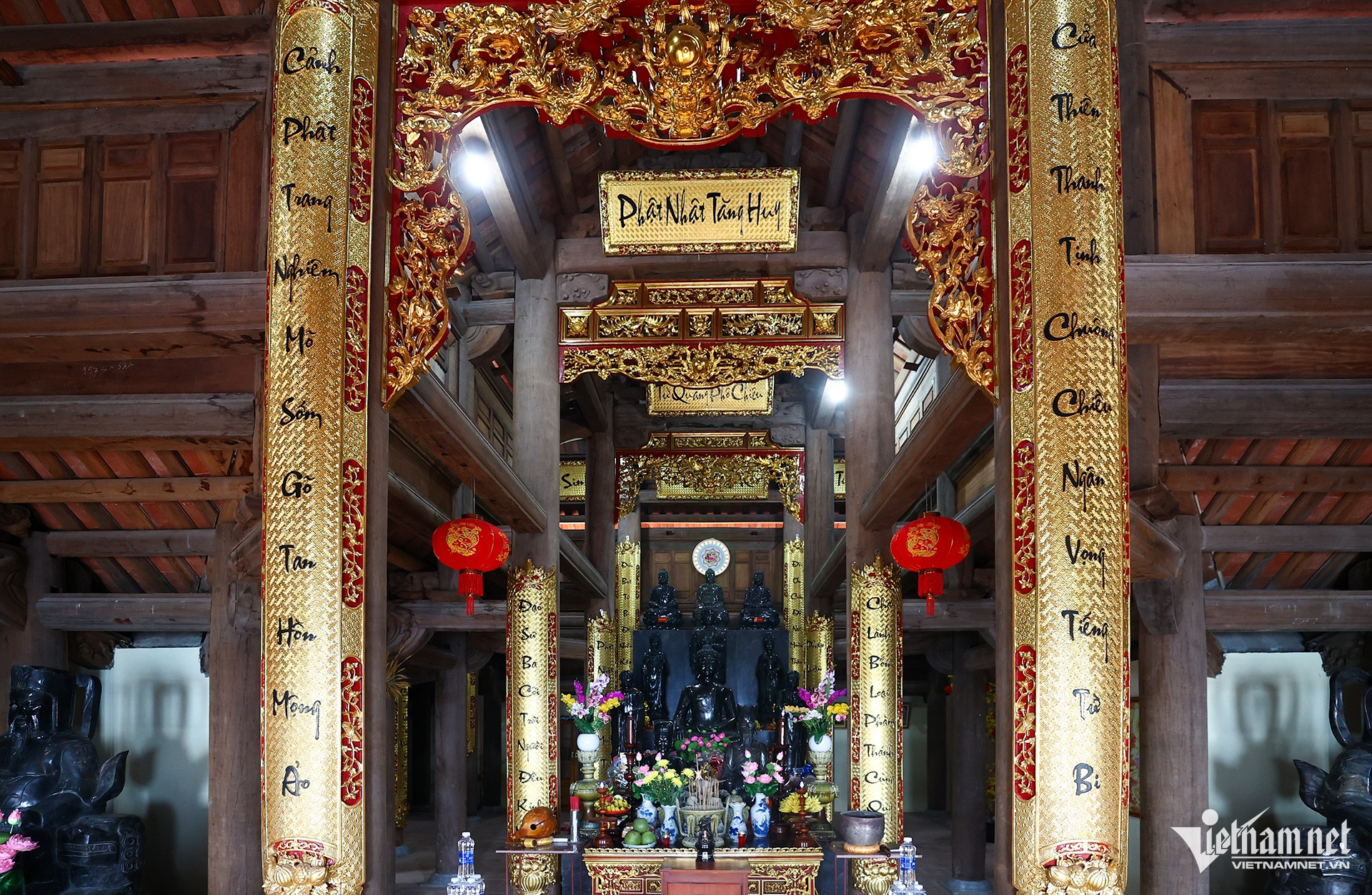
Da Tay A Pagoda was built in the traditional Vietnamese style. The pagoda's name, horizontal plaques, large inscriptions, and couplets all use Vietnamese characters.
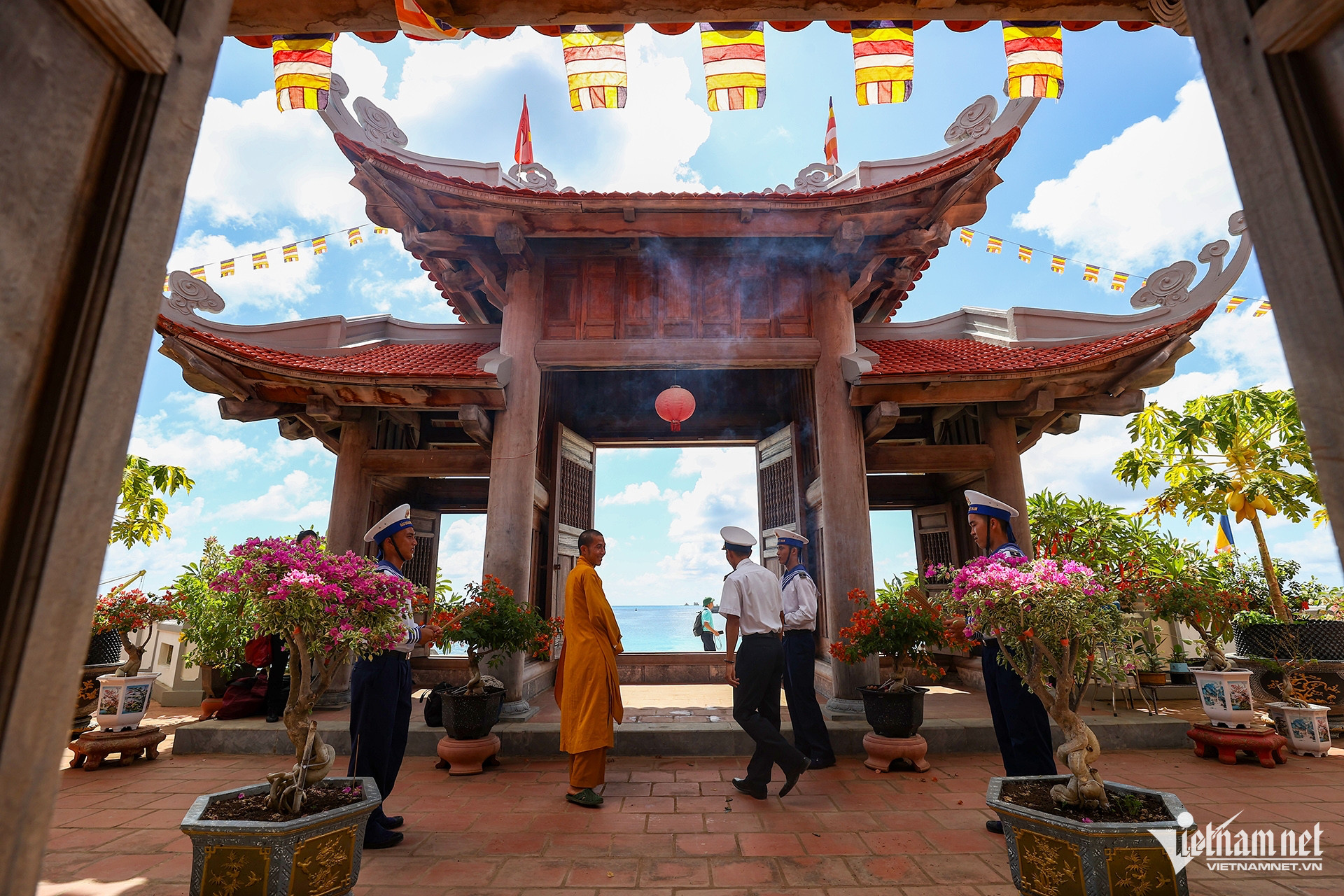
The triple-arched gate of Da Tay A Pagoda
The temple's architecture is built in the traditional Vietnamese style with an odd number of bays (usually 1 bay, 2 wings or 3 bays, 2 wings), a curved roof system, decorative eaves, and uses many types of precious wood that can withstand the salinity of seawater…



All delegations visiting Da Tay A Island take time to visit the temple and offer incense.
Besides worshipping Buddha, the temples in the Truong Sa archipelago also have altars dedicated to heroic martyrs – those who bravely sacrificed their lives to protect the sacred maritime sovereignty of the Fatherland.
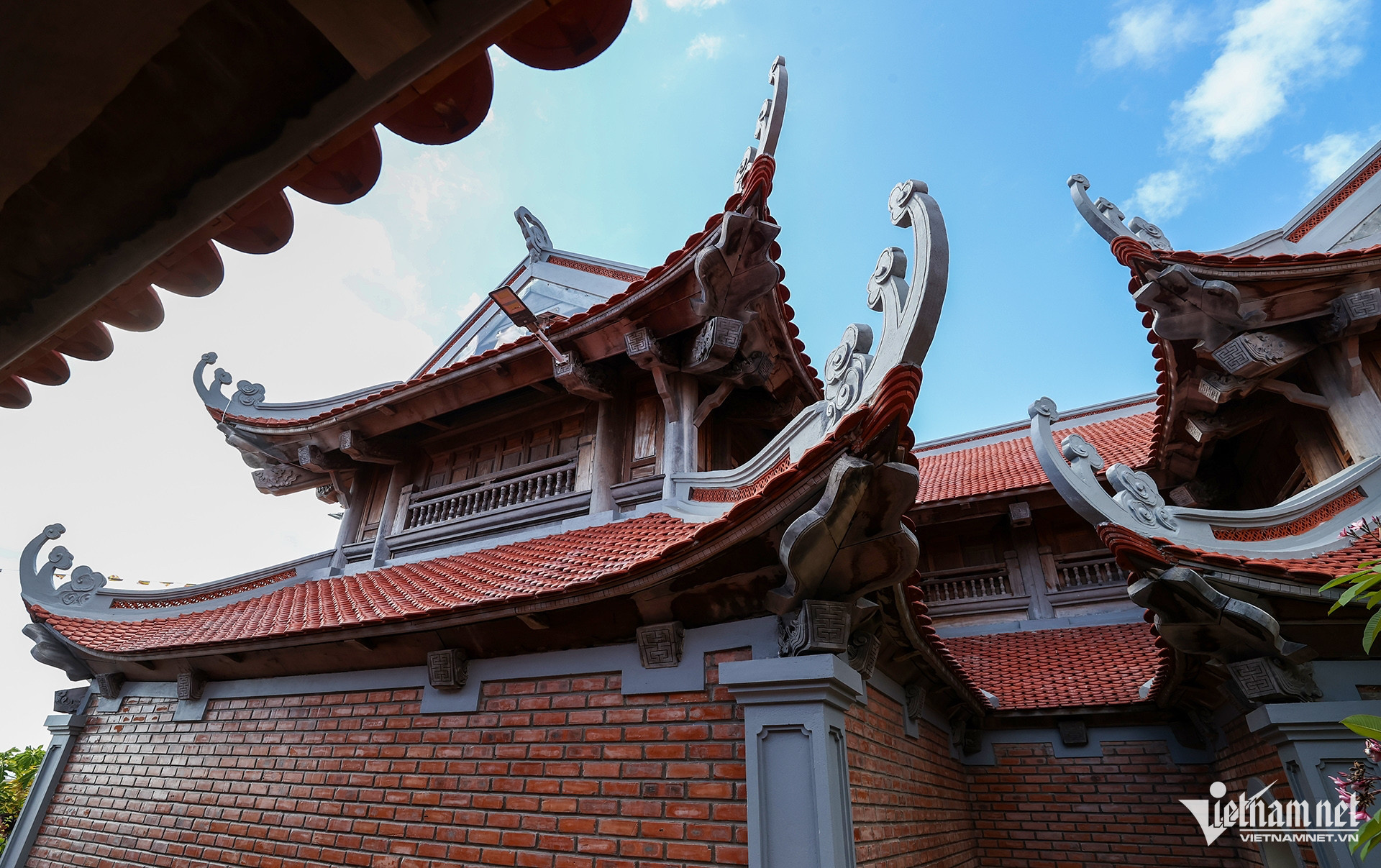
Despite the limited land, each temple has a triple gate, a courtyard, a bell tower, a main hall connected at a right angle to the front hall, a sloping roof covered with tiles, and a curved eaves.
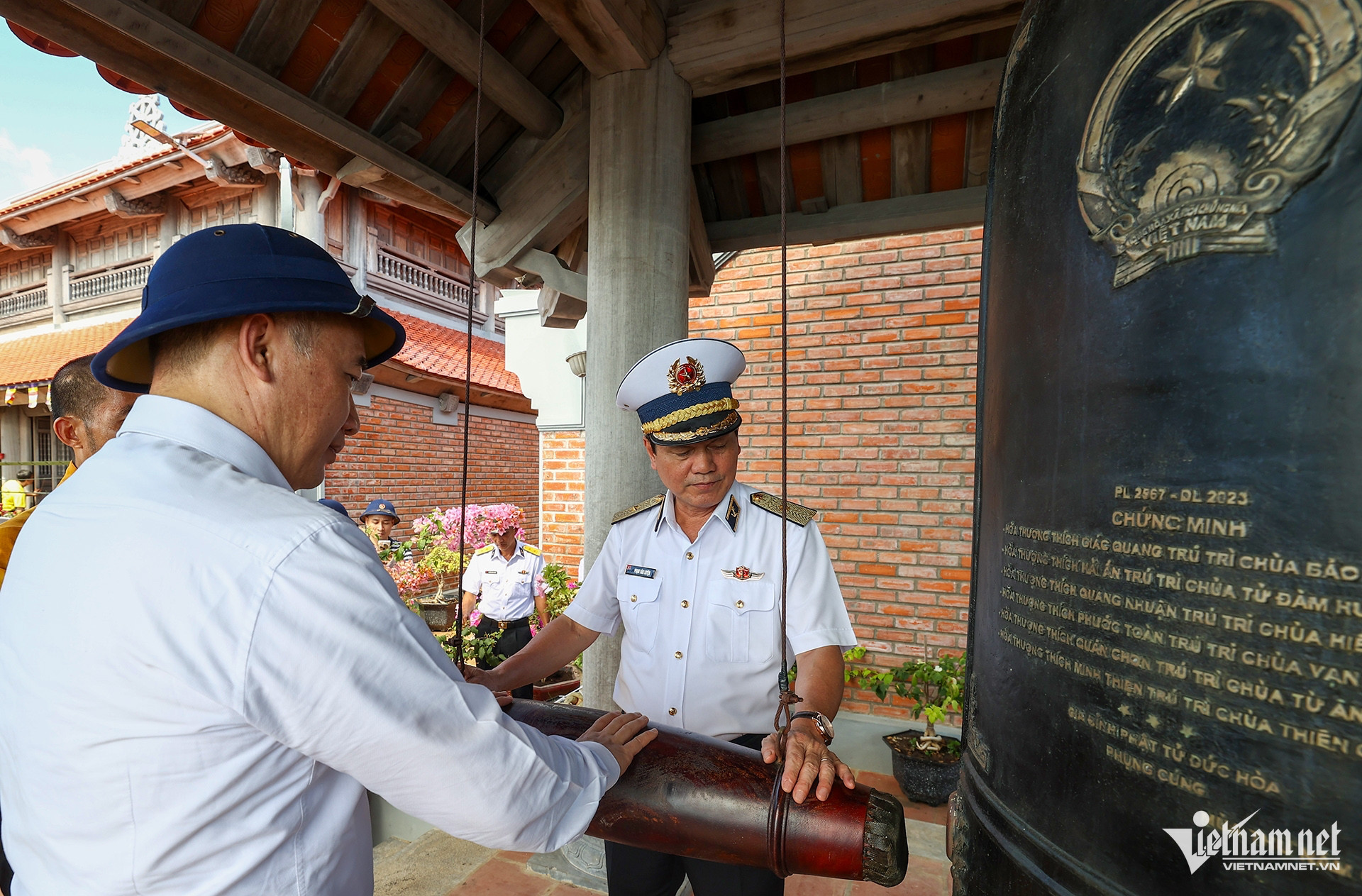
The incense burners and religious artifacts at the temples on the Truong Sa archipelago are all imprinted with the Vietnamese national emblem. Whenever visiting delegations come to the temples, they perform rituals and ring the bells.
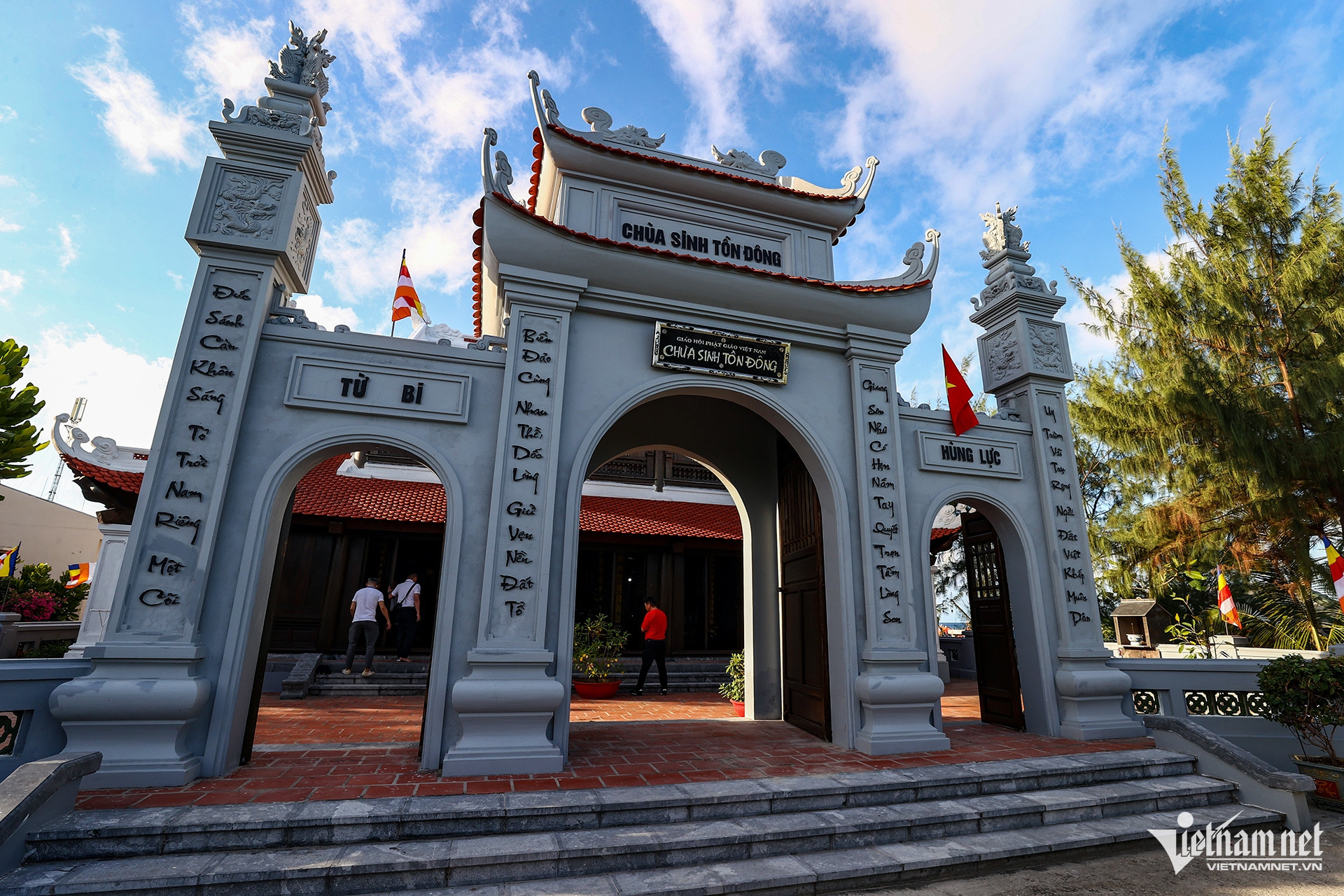
The three-arched gate of Sinh Ton Dong Pagoda stands proudly, bearing a pair of couplets that express the majestic spirit of Vietnamese sovereignty: "Virtue equals the universe, illuminating the Southern sky as a unique realm / Authority encompasses the cosmos, shining brightly upon the Vietnamese land for all people" and "The islands and seas together swear to wholeheartedly protect the ancestral land / The land and mountains, as if bound by a promise, hold hands and resolutely fulfill their unwavering loyalty."


Study and living materials on the desk of Venerable Thich Chuc Thanh
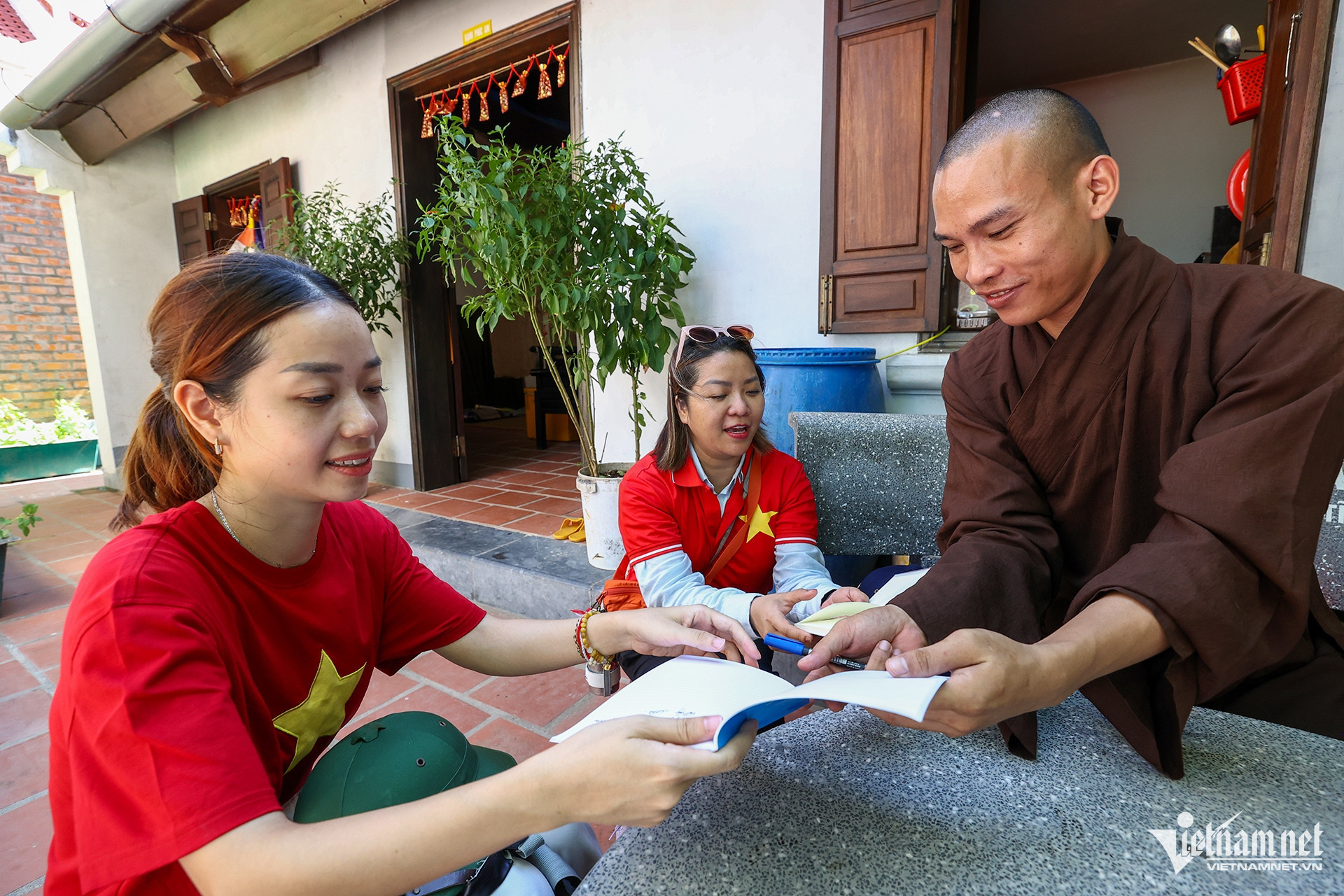
Venerable Thich Chuc Thanh is the abbot of Sinh Ton Dong Pagoda. Although only in his early 30s, the abbot has spent many years performing Buddhist duties on the island, defining himself as a soldier on the homeland's islands and harboring the aspiration to continue his connection with this place.

Venerable Thich Chuc Thanh said: “The pagoda is not only a place of worship for Buddha, but also a bright light in the middle of the ocean, a spiritual anchor for the soldiers and fishermen on the frontline island. We preserve not only faith but also love for the sea, for our homeland and country. Under the roof of this pagoda, even though we are far from the mainland, our hearts remain warm and peaceful. And we vow to further strengthen the officers, soldiers, and people on the island.”
Vietnamnet.vn
Source: https://vietnamnet.vn/nhung-ngoi-chua-dac-biet-o-truong-sa-2403793.html







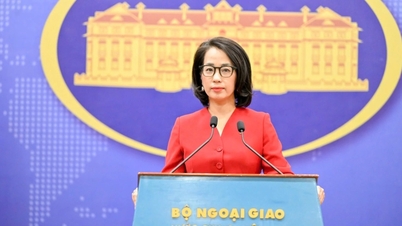



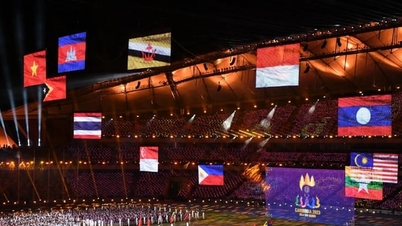

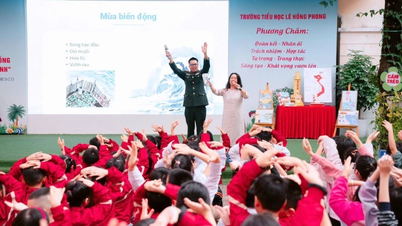





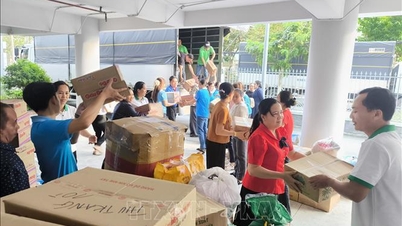





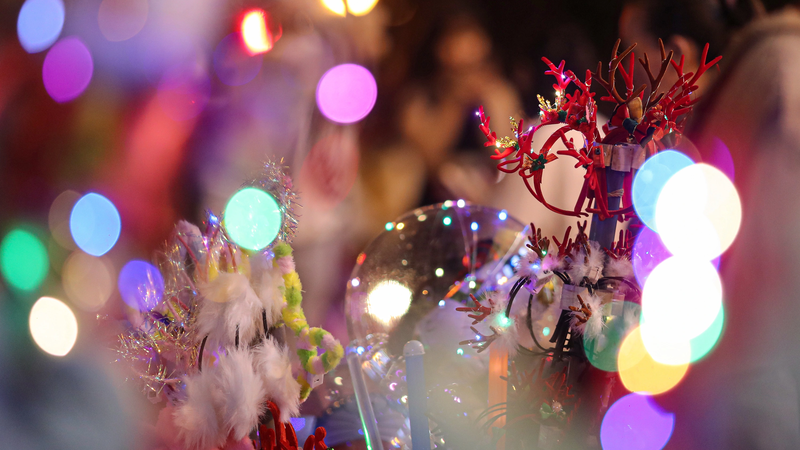
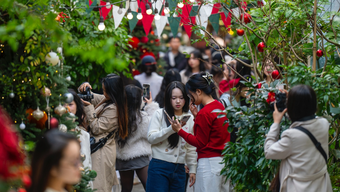





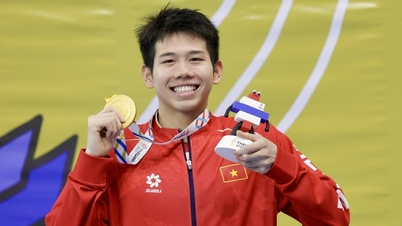





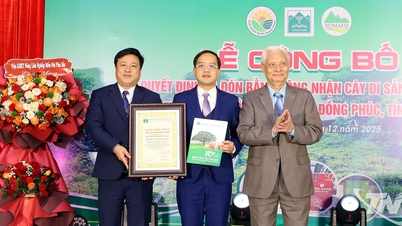





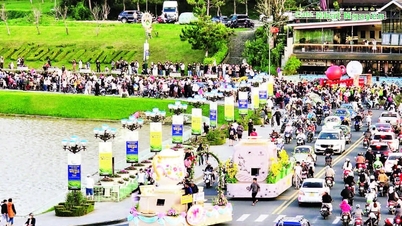

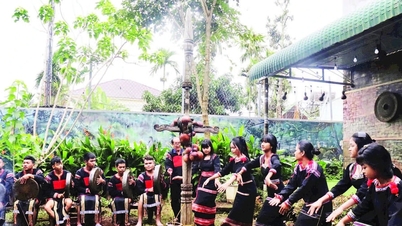





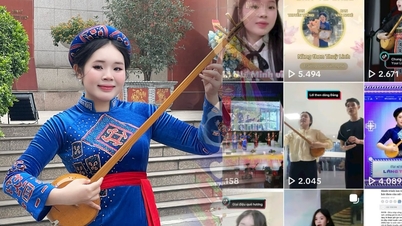






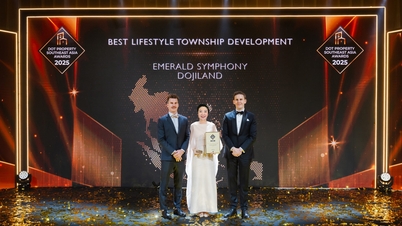





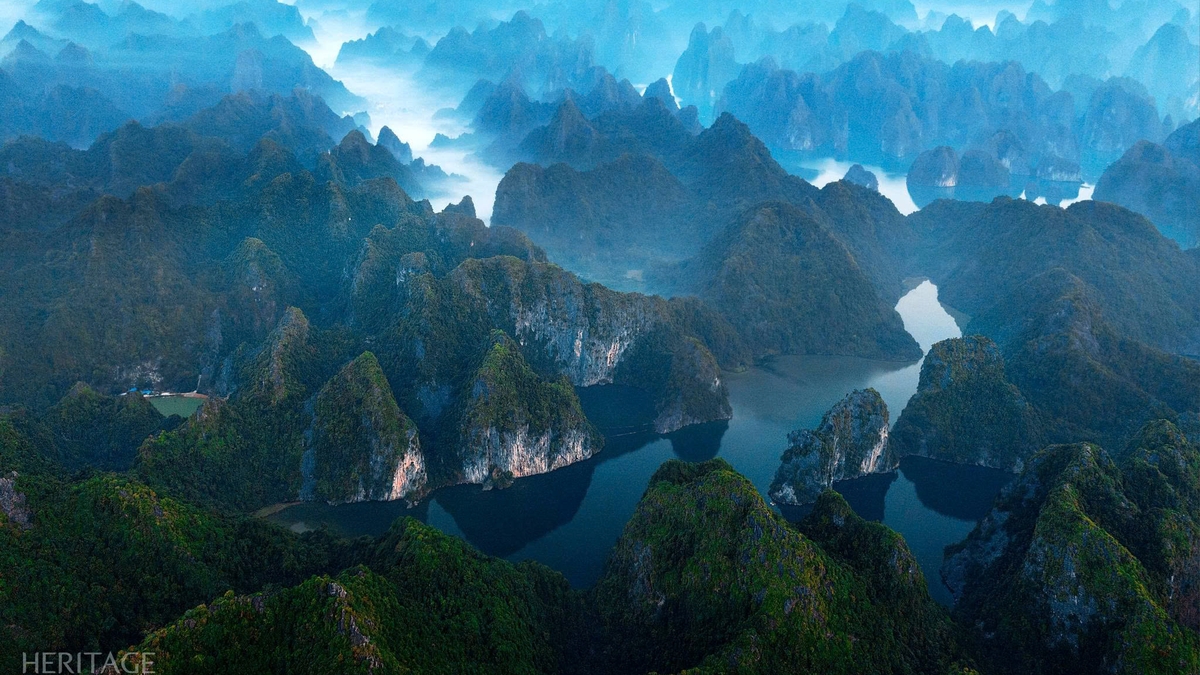
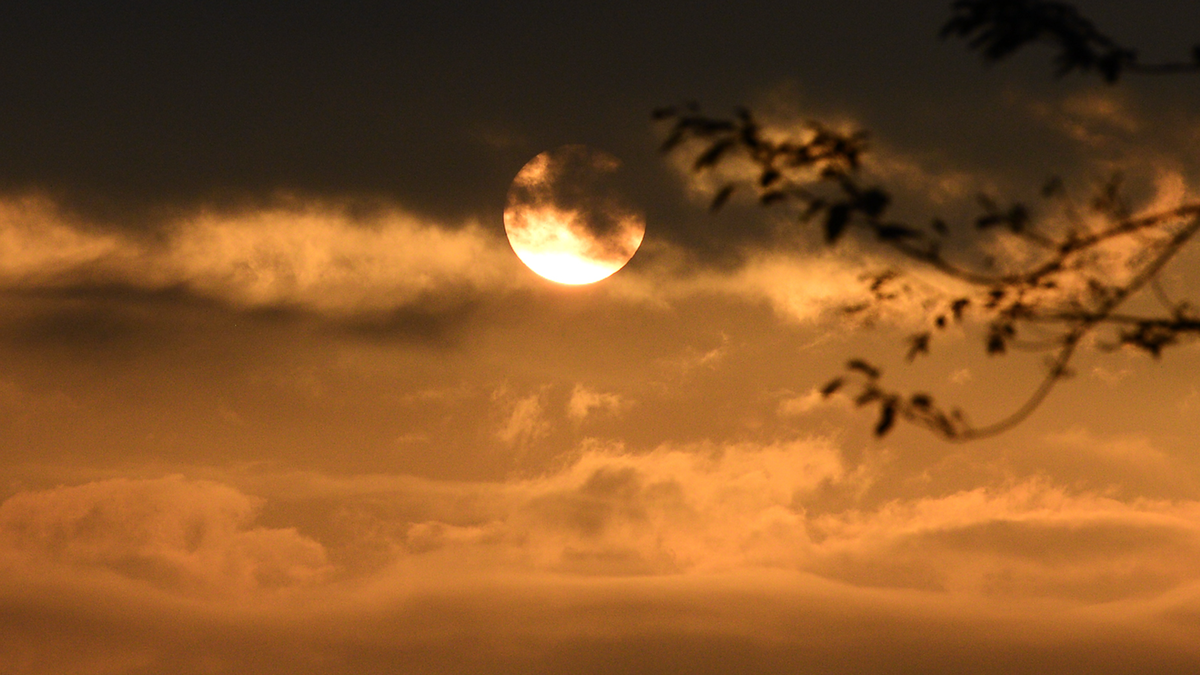
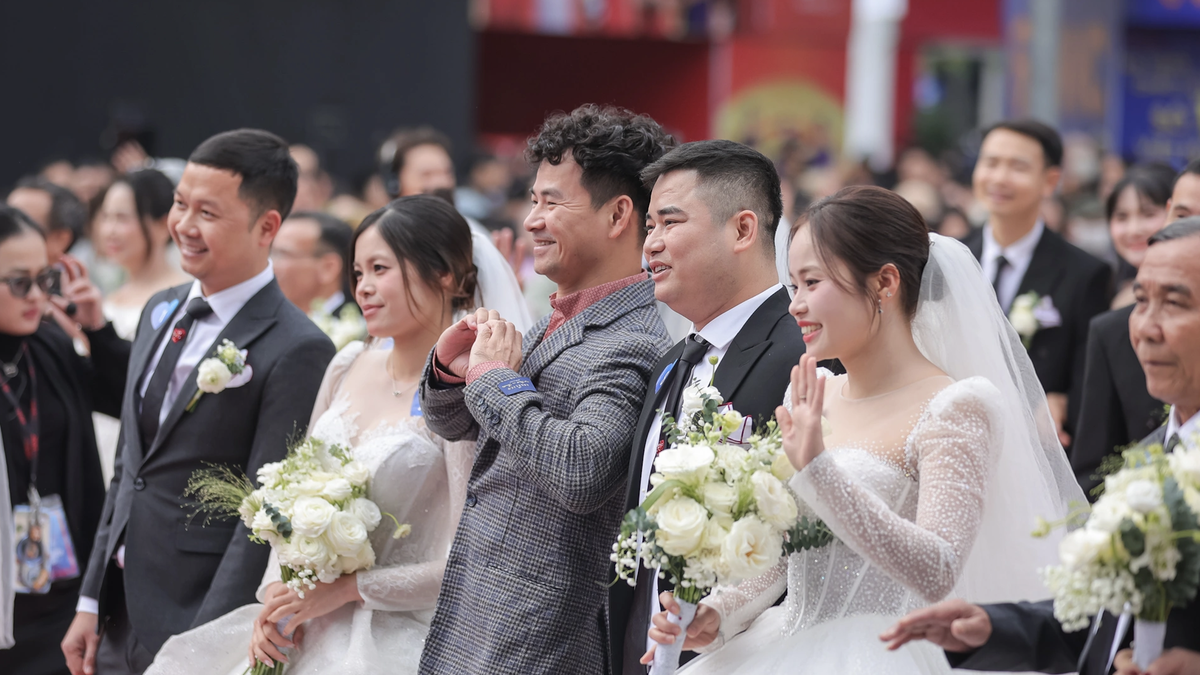
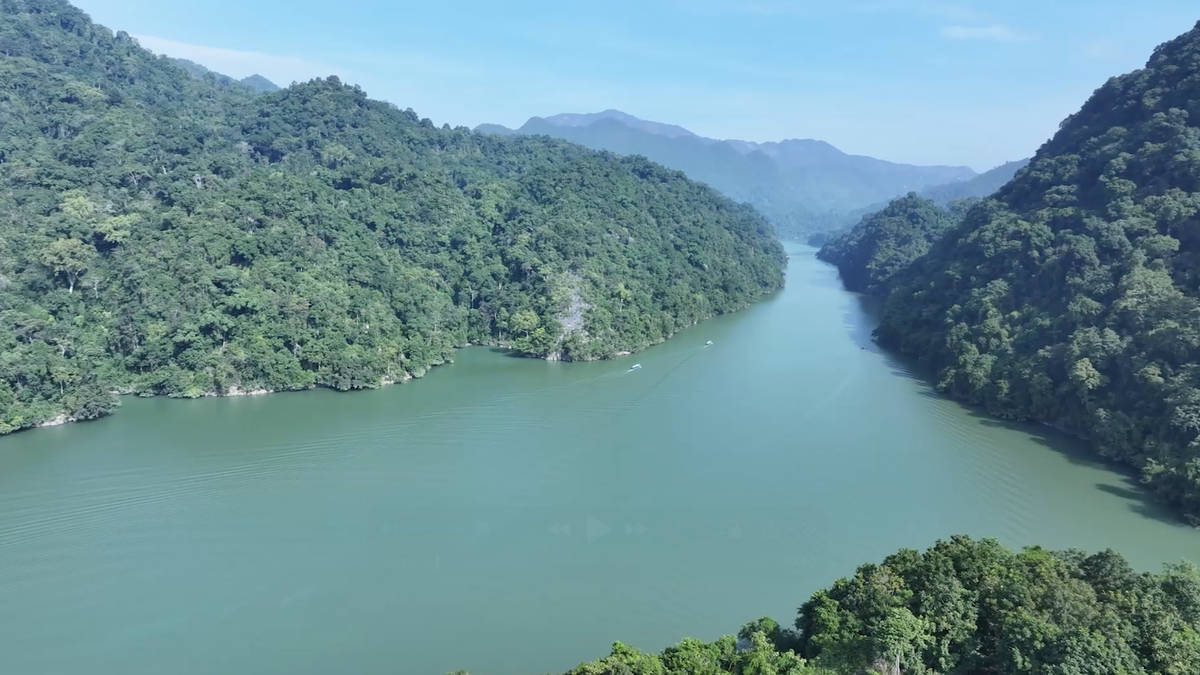







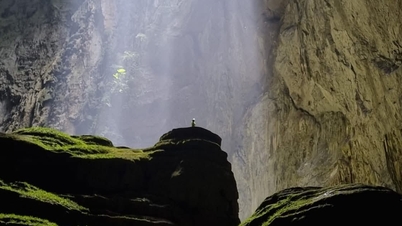





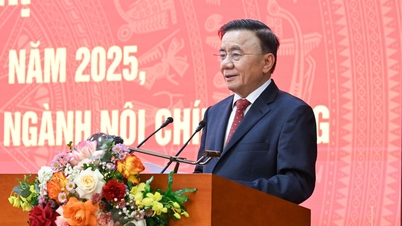






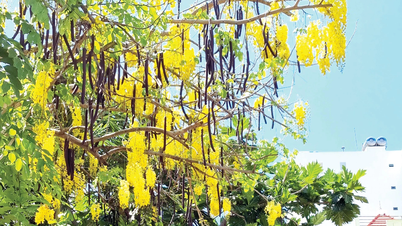


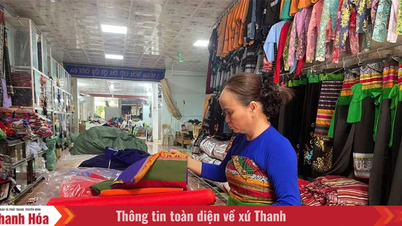

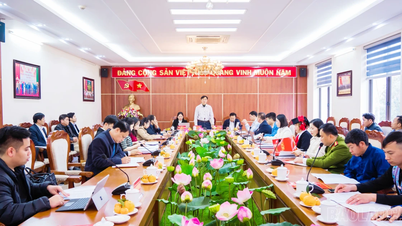



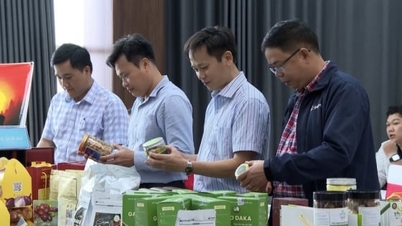






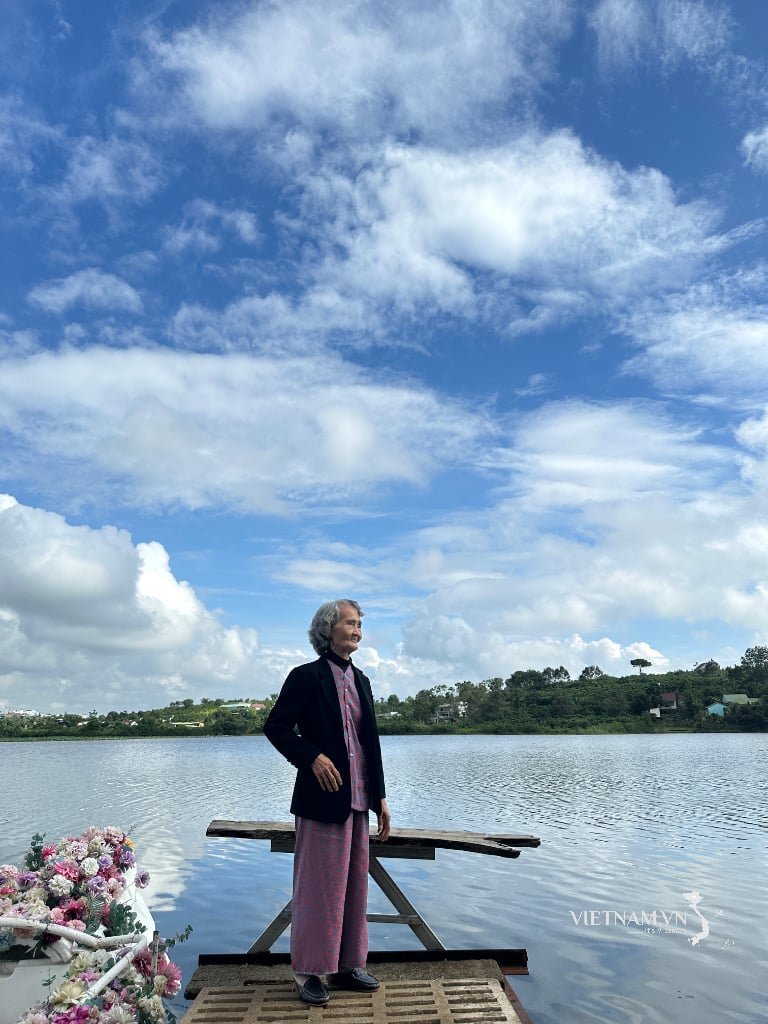


Comment (0)